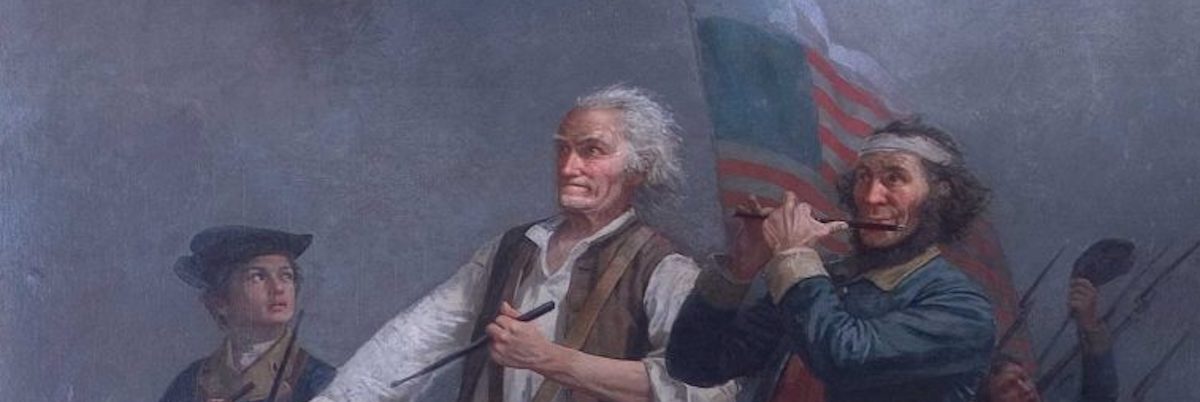
Place of business: Unknown (Virginia ?)
Dates of business: Unknown (before 1780)
This fife is Courtesy of the Colonial Williamsburg Foundation, Department of Archaeological Research.
Received in a email from William E. Pittman, Curator of Archaeological Collections, Department of Archaeological Research, Colonial Williamsburg Foundation:
“The iron fife in our Archaeological Collection was made from an iron pistol barrel that measures 13 1/2 inches in length, approximately 1 1/8 inches in diameter at the breech end, and approximately 3/4 of an inch at the muzzle. The bore measures approximately 1/2 of an inch. Approximately 4 1/2 inches of the breech end of the barrel was filed into an octagon shape (in section) with tapering flats, while the remainder of the barrel is round in section. It was retrieved from one of the bottom soil layers in a well shaft that was located on the John Custis House Site; the well was filled with household trash circa 1780, presumably after the well had gone dry or the well’s brick lining had deteriorated to the point where it was no longer safe. Derelict wells in Williamsburg were often filled with household refuse in the eighteenth century. As you can see from the attached snapshot the pistol barrel fife has lost much of its original surface, particularly at the embouchure hole, but the finger holes have remained relatively intact. The breech end of the barrel is plugged with what appears to be a wooden plug in place of the original iron breech plug.”
Features:
Length of Instrument-the fife is 13 1/2 inches.
Wood-Not made of wood, made of IRON. Made from a pistol barrel.
Key of instrument-seems to be in D.
Finger Holes-seems to be all of the same size.
The spacing on the holes is as follows:
1-2=.763
2-3=.754
3-4=.766
4-5=.755
5-6=.742
Swell-There is no swell on the instrument, but is taper as a pistol barrel would..
Ferrules- There are no ferrules on the instrument.
